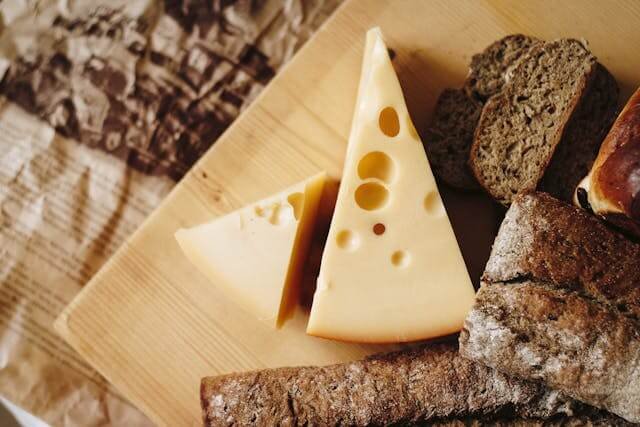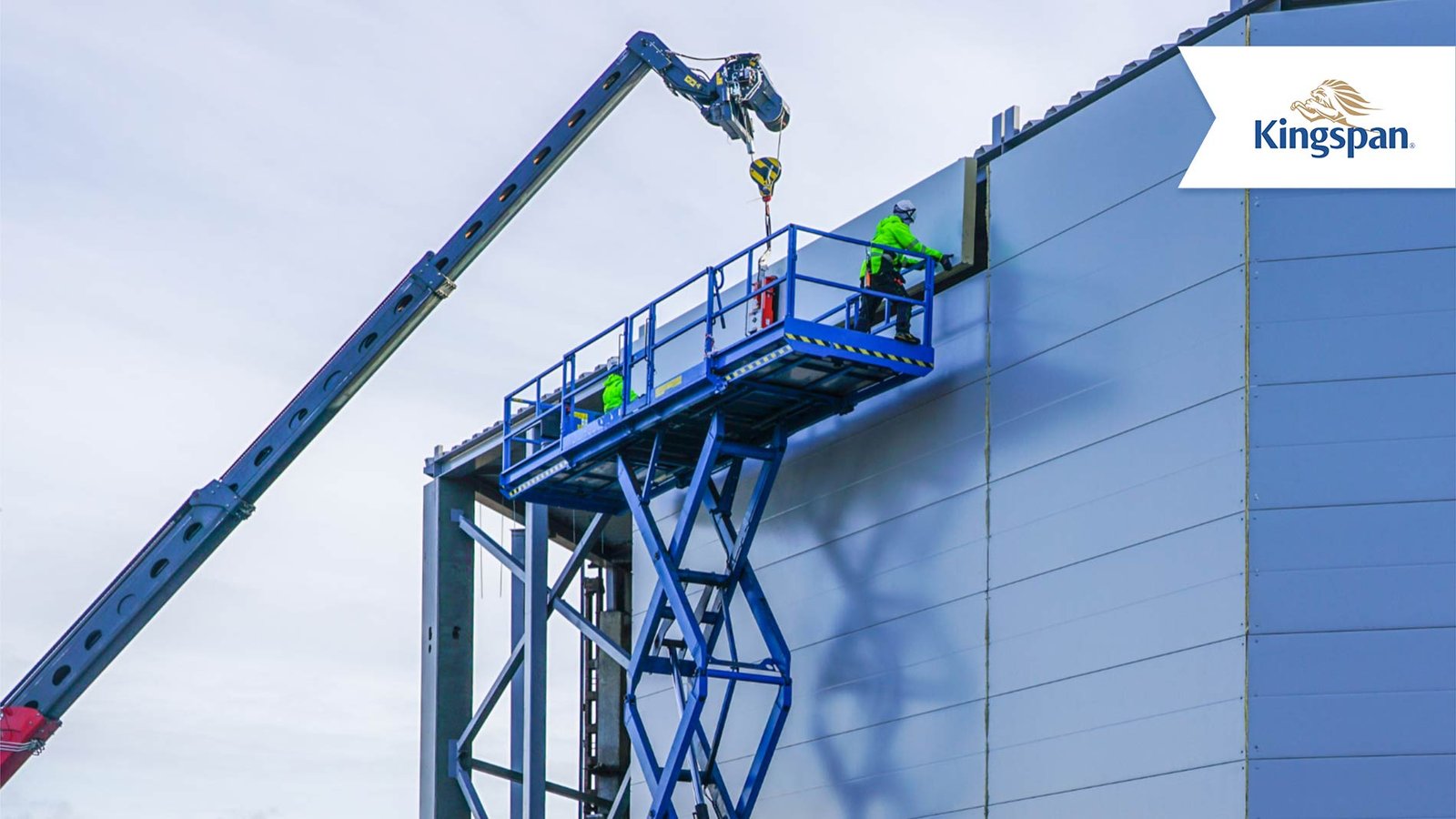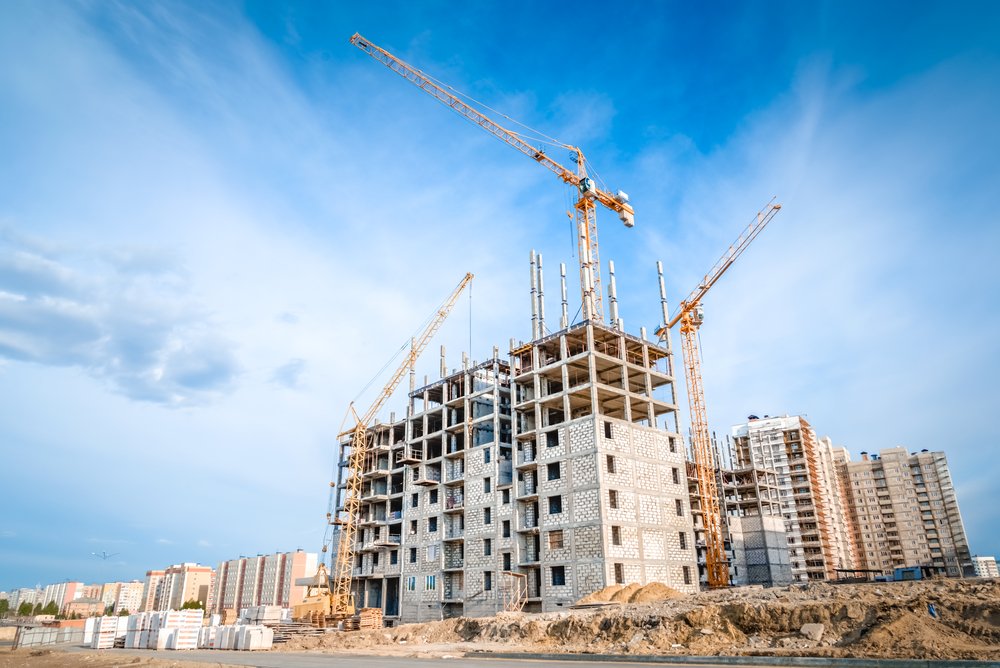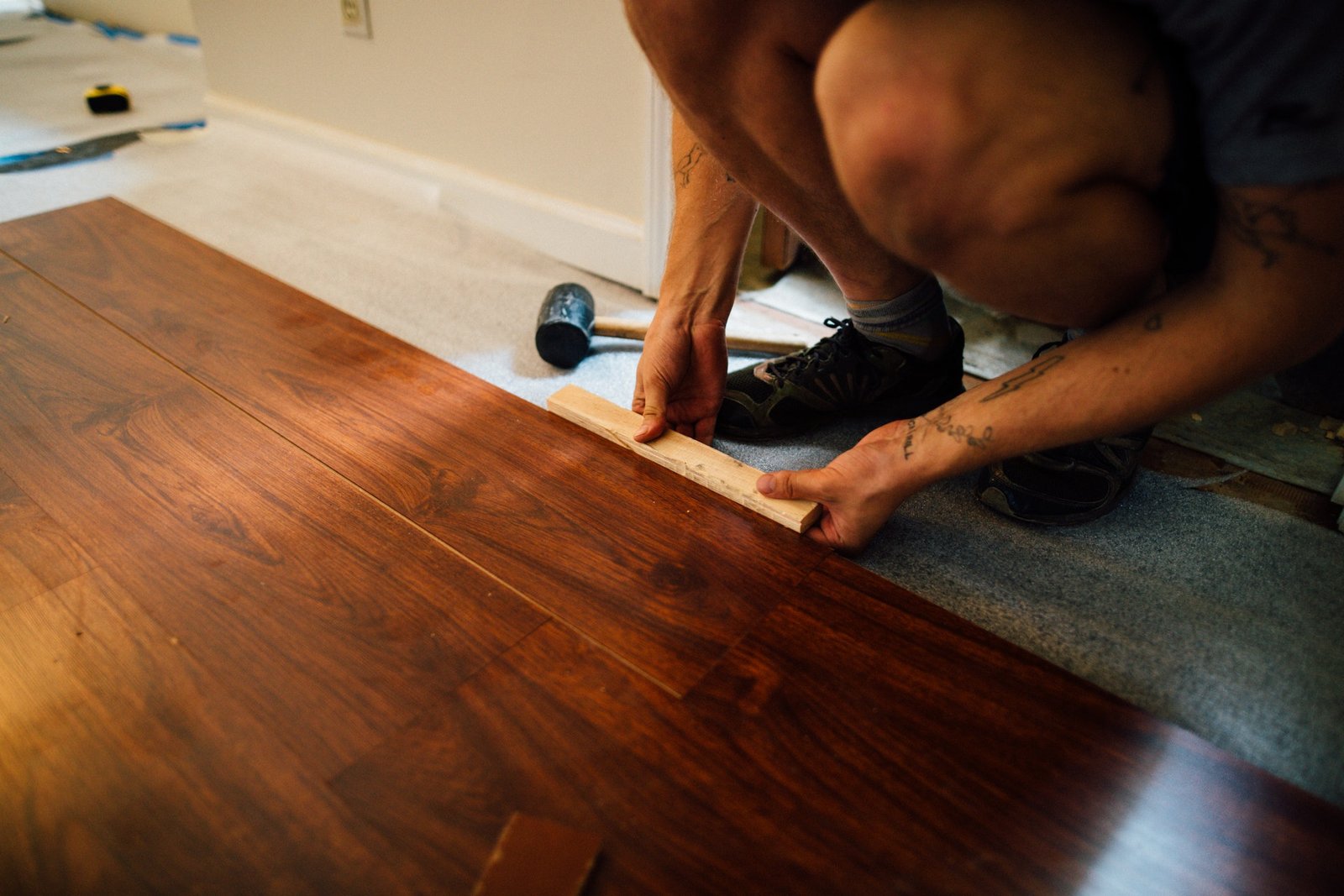In the dynamic world of cheese production, maintaining a competitive edge requires a careful balance between innovation and cost-efficiency. SC Consultancy understands this balance perfectly and offers a unique solution for cheese manufacturers: high-quality used cheese machinery. By choosing used machinery from SC Consultancy, you can enhance your production capabilities while managing costs effectively. Let’s delve into the benefits and offerings that SC Consultancy provides in the realm of used cheese machinery.
Why choose used cheese machinery?
The primary advantage of opting for used cheese machinery is the cost savings. New equipment often comes with a hefty price tag, which can be a significant investment for any business. Used machinery offers a more affordable alternative without compromising on quality or performance. This financial flexibility allows you to allocate resources to other crucial areas such as product development, marketing, or expanding your production line.
Quality assurance at SC Consultancy
At SC Consultancy, quality is never compromised, even when it comes to used equipment. Each piece of machinery undergoes a rigorous inspection process to ensure it meets the highest industry standards. Our team of experts meticulously assesses every machine, identifying and rectifying any issues before it reaches your production floor. This thorough inspection guarantees that the machinery you receive is reliable, efficient, and ready to integrate seamlessly into your operations.
Comprehensive range of machinery
SC Consultancy offers an extensive selection of used cheese machinery, catering to various stages of cheese production. Whether you need equipment for curdling, cutting, pressing, or packaging, you will find a diverse range of options that suit your specific needs. Our inventory includes machinery from leading brands, known for their durability and performance in the cheese manufacturing industry.
Customized solutions for your business
Understanding that every cheese manufacturer has unique requirements, SC Consultancy provides tailored solutions to match your specific production needs. Our team works closely with you to understand your operational challenges and objectives. Based on this insight, we recommend the most suitable machinery that aligns with your production goals and budget. This personalized approach ensures that you invest in machinery that optimally supports your business operations.
Sustainable and environmentally friendly
Choosing used cheese machinery is not only a smart financial decision but also an environmentally responsible one. By reusing and repurposing machinery, you contribute to reducing industrial waste and the demand for new manufacturing resources. This sustainable practice aligns with the growing emphasis on environmentally friendly business operations, enhancing your brand’s reputation as a responsible and eco-conscious enterprise.
Expert support and maintenance
SC Consultancy goes beyond just supplying used machinery. We offer comprehensive support and maintenance services to ensure the longevity and optimal performance of your equipment. Our experienced technicians are available to assist with installation, routine maintenance, and any troubleshooting needs. This ongoing support minimizes downtime and maximizes the productivity of your production line.
Investing in used cheese machinery from SC Consultancy is a strategic move that offers numerous benefits, from cost savings to environmental sustainability. With our commitment to quality, customized solutions, and expert support, you can enhance your cheese production capabilities without compromising on performance or reliability. Explore our extensive range of used machinery and discover how SC Consultancy can help you achieve your production goals efficiently and economically.





